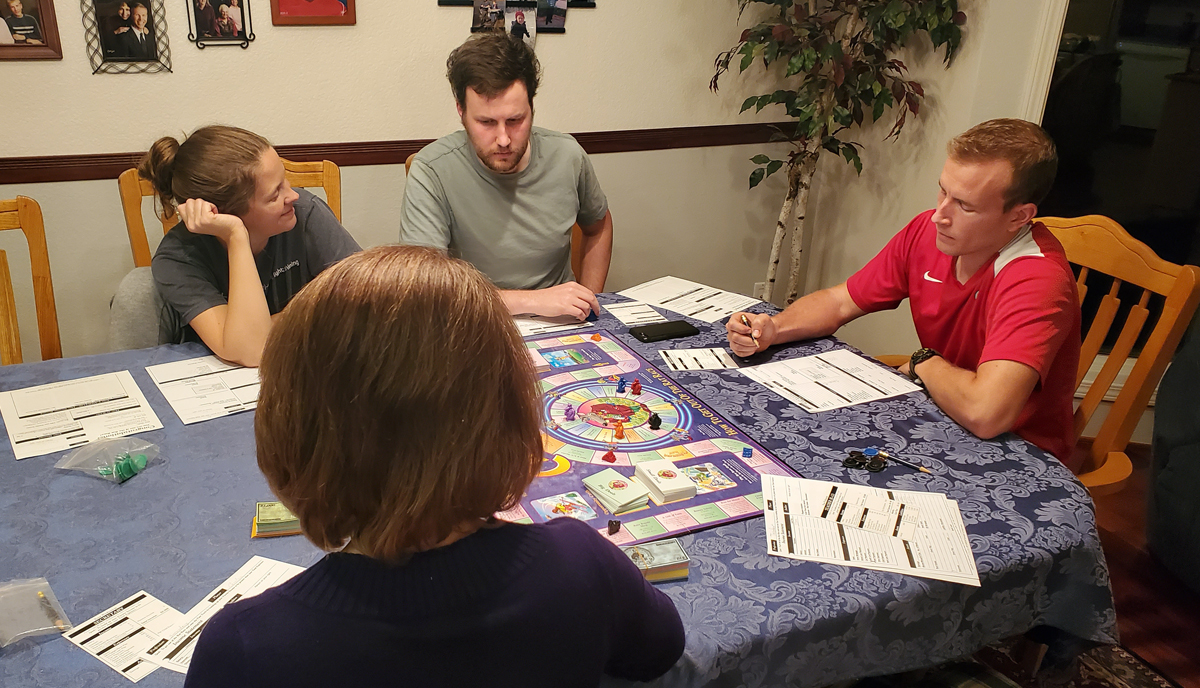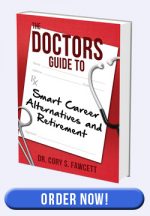(Don’t miss your chance to sign up for the upcoming Marriage and Money MD Conference November 15-17, which is free to attend, but you must register. You don’t want to miss my two topics. My main conference topic is Your Spouse is Your Greatest Financial Asset. I am also covering Divorce Proofing Your Marriage that you only get access to when you sign up for the VIP package.)
Teaching kids about money is very important. Those who learn how money should be used early in life, will transform their future. A child who graduates from high school thinking that living on less than they make, saving/investing money for the future, and avoiding personal debt are good things, will have a very prosperous future.
The college graduate who begins their retirement savings when they start their first job has a leg up on those who begin their adult life spending all they earn. So, teach your kids the following principles and get them off to a great start.
The most important way to educate your kids about money is to model what it looks like to handle money well. A great time to talk about it is over the dinner table. Talk to them about why you are saving to buy a car instead of jumping at those easy monthly payments. Tell them about your savings plan and why it is important. Don’t let money be a taboo subject. Make sure your kids know why you handle your money in the manor you do. Tell them about money mistakes you have made so they can learn from your experience rather than have to figure it out by trial and error. Having a car repossessed is a tough way to learn a lesson they could have learned another way. Also teach them to be generous with their giving.
There is a game I highly recommend you play with your kids to teach them the principles of personal finance. While they are having fun playing the game, they don’t even realize they are learning valuable life lessons about how money can change their lives. Sounds like a great Christmas present to me.
The game is Cashflow (Investing 101). It originally came out in 1996 and was revised in 2014. I own the original game for kids age 10 and up. There is also a kid’s version of Cashflow for ages 6-10. (I do not have any financial relationship with the maker of the game.)
This game is somewhat like monopoly, but all the transactions are things that happen in the real world. Instead of playing as a board piece, each player is a person with a real profession such as doctor, teacher, engineer, janitor, or airline pilot. You even have the option of playing as yourself.
Along with a job title comes the actual income and expenses of that profession. When you compare the doctor’s financial situation with the teacher’s finances, you might think you want to be the doctor, like I did at first, because they make so much more money on every payday compared to the teacher. But I haven’t been able to win the game as the doctor and I almost always won as the teacher. If playing as yourself, you can put in your own financial situation and play the game starting with your actual income and expenses.
Each profession comes with a real life set of financial circumstances. The doctor, along with the higher income, has more debt, a bigger house, a more expensive car and the cost for each additional child accumulated during the game is much higher. After all, the doctor sends her kids to private schools, takes private music lessons, and buys the kids airplane tickets for those exotic vacations.
The object of the game is to get out of the rat race and onto the fast track to wealth. The rat race is your job, where you trade your time for money and are thus limited by how much time there is in a day. By the time you get to the fast track, it is your money that is earning you more money, not your time. Another great lesson in economics.
To get out of the rat race, you must create more passive income than your total living expenses. Which is exactly how I retired early in real life. This is where the doctor struggles to win the game, because she has higher expenses than other professions, she needs to accumulate a greater amount of passive income in order to exit the rat race. So it is advantageous for the doctor to make moves to lessen her living expenses by paying off debt and thus require a lower total of passive income to get out of the rat race.
As you go around the board you will pass paydays, which is when you collect your pay and pay your expenses for the month. Just like in real life, every player gets a different amount on payday, based on their profession. You can land on opportunities to invest, market fluctuations, doodads to purchase, chances to give to charity for some extra game benefits and the dreaded job downsize where you lose your next two turns and two month’s living expenses.
Just like in real life, there are big deals and small deals to be made. A big deal is buying a 200 unit apartment complex. A small deal is buying a rental house or investing in the stock market. Small deals will cost up to $5,000 to get into, such as the down payment on a small house. The big deals begin at $6,000 and go up from there.
Early in the game you will have less money and fewer assets. So when you land on the opportunity space, you should draw from the small deal card pile. A small deal might be the chance to buy a stock, such as OK4U Drug Company which is selling today for $10 a share and usually trades between $5 and $40 a share. You can buy as much stock on your turn as you wish. If you want to buy an asset that costs more than you can afford with the cash you have acquired, the bank is happy to loan you money at an interest rate of 10% per pay period. But watch out for going bankrupt.
Later in the game, cards drawn by any player will create opportunities to sell the stock at today’s higher or lower price, or the stock may even have a stock split, which will only effect the people who own that stock. Throughout the game, cards continue to be drawn with the assets selling at different prices. Each player must decide each time if they want to buy or sell at that price.
Small deals include several different kinds of stocks and mutual funds, condos and houses for rent, gold coins, starting a company, certificates of deposit, raw land and others.
Later in the game when you have accumulated more money and assets, you can begin picking from the big deal card pile when you land on the opportunity space. Big deals cost more money up front and have larger profit possibilities.
Big deals include larger rental houses, small and large apartment complexes, limited partnerships, shopping malls, laundromats, franchises, and large land for development deals.
Each deal is either an opportunity to increase your passive cash flow or to sell your investment and acquire capital gains. You must constantly decide if you want to take the capital gains and invest in something else or enjoy the cash flow the property produces. It is the cash flow that wins the game, but it is the capital gains that generate enough cash to buy the big deals that create higher cash flows. The same decisions we face in our investing life.
With each deal, each player will record the event on their income statement. If they bought a rental house, they would need to pay the down payment and do the following calculations on their income statement: Record the positive cash flow the property generates and calculate their new total passive income which adds to their earned income creating a larger payday. On their balance sheet they would record the asset value, the down payment, and the amount of the mortgage.
This is exactly what happens in real life when a rental house is purchased. As they play the game, they begin to appreciate why one wants to own rental real estate, stocks and mutual funds.
When a player pays off their debts, they decrease their expenses which gets them closer to exiting the rat race. But they also need to decide whether paying down a debt or buying something with a positive cash flow is the wiser move at that particular time in the game. At different times in the game, each option has different advantages. Whether to invest or pay down debt is a real life question I am asked frequently. This game will help give them a better understanding of what will happen when they choose one of the options. Maybe next time they will choose the other option and compare their results.
One space to land is called The Market, which simulates the ups and downs through which the real market ebbs and flows. Depending on the situation, one might want to cash in on the stocks they have purchased and use the money to buy something that creates passive income. Some problems also occur during the game that can happen in real life, like a tenant destroys your rental house or a new tax levy on all your properties has been passed.
You also have to watch out for those doodad cards. These are things we often buy simply because we want to, but they don’t produce any passive income. These include things like college tuition or a daughter’s wedding (but those two only apply if you have a child), family vacations, big screen TVs, a visit with the dentist and the most expensive of the doodads – a new boat. I’ve been there and that is correct, a boat is a hole in the water in which to throw money. You better really like boating before you chose to buy a boat in real life.
Our family still plays this game (we played it last week as seen in the picture) and I believe it has contributed to my kids’ good money handling as young adults. In their late 20s they are both debt free, started investing in their IRA’s and retirement accounts with their first job, and own mortgage free cash flowing rental properties.
If you want to teach your kids about money, get a copy of the game Cashflow and start playing it on game night. Don’t have a family game night? Well then start one, it will have many benefits that money can’t buy. Spending time with your family is always a good investment.









